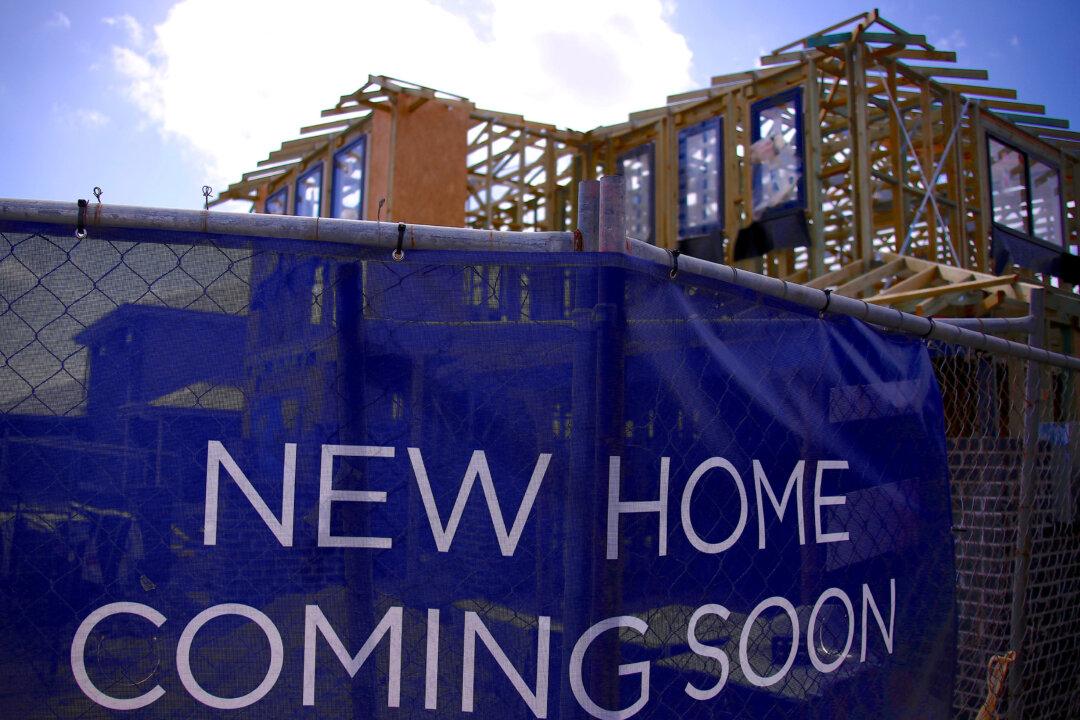Residential construction work has resurged on the back of low-interest rates and government incentives, leading the economic recovery and setting a solid foundation for upcoming economic figures.
The Australian Bureau of Statistics revealed in preliminary data that the total value of residential construction work rose by 5.1 percent in the March quarter— the equivalent of $19 billion (US$14.7 billion)—with renovations and detached house building leading the charge.





